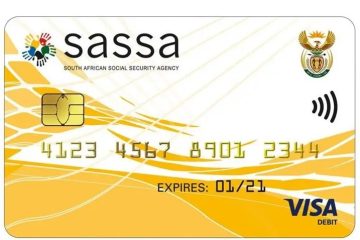Traffic Control practical assessments are crucial for ensuring the safety of workers and the public during roadworks and construction activities. Whether you’re new to the field or seeking to renew your certification, thorough preparation is key to success. Here’s a comprehensive guide to help you prepare for the Traffic Control practical assessment.
Understand the Assessment Criteria
Knowing what to expect can make a significant difference in your preparation. The practical assessment typically evaluates your ability to:
- Set up and manage traffic control devices like signs, cones, and barriers.
- Understand and implement traffic control plans.
- Communicate effectively with team members and the public.
- Respond promptly and appropriately to emergencies or unexpected situations.
Familiarise yourself with these areas to ensure you’re well-prepared.
Complete Required Training
Before attempting the practical assessment, it’s essential to complete a Traffic Control training course. This course provides the foundational knowledge needed to understand traffic laws, signs, signals, and safe practices. Make sure you attend all sessions and thoroughly review the course materials.
Gather Necessary Documentation and Equipment
Ensure you have all the required documents, such as your training certificate, identification, and any other necessary paperwork. Equally important is having the correct Personal Protective Equipment (PPE). This includes:
- High-visibility vests
- Hard hats
- Gloves
- Safety boots
Wearing the appropriate PPE not only ensures your safety but also demonstrates your professionalism and readiness.
Familiarise Yourself with Traffic Control Plans
Traffic control plans are detailed documents that outline the setup and management of traffic control measures for specific situations. Understanding these plans is crucial as they provide the blueprint for managing traffic flow safely and efficiently. Review various plans to get a feel for different scenarios and their requirements.
Practical Experience and Practice
Hands-on experience is invaluable in preparing for the assessment. If possible, participate in mock assessments or practice sessions that simulate real-world conditions. This practical exposure will help you become more comfortable with setting up equipment, managing traffic, and dealing with unexpected situations.
Study Communication Protocols
Effective communication is vital in traffic control. You’ll need to communicate clearly with your team and the public, often in stressful situations. Practice delivering clear and concise instructions, and familiarise yourself with the standard protocols used in the industry.
Review Safety Procedures and Emergency Response
Understanding safety procedures and being prepared for emergencies is a critical component of traffic control. Review common emergency scenarios and the appropriate responses to ensure you’re ready for any situation. For a comprehensive guide and further training, check out the Traffic Control practical assessment Sydney course, which offers detailed insights into safety and emergency management.
Rest and Prepare Mentally
Don’t underestimate the importance of mental preparation. Ensure you’re well-rested before the day of the assessment, and take steps to manage stress. Stay calm, focused, and confident in your abilities.
On the Day of the Assessment
Make sure all your equipment and documents are in order. Arrive early, dress appropriately, and be prepared for various weather conditions. Being punctual and well-prepared can set a positive tone for the assessment.
Final Thoughts
Preparing for the Traffic Control practical assessment involves a combination of theoretical knowledge, practical skills, and mental readiness. By following these steps, you’ll be well-equipped to succeed. Remember, this assessment is not just a test but a vital part of ensuring safety and efficiency in traffic control operations.




